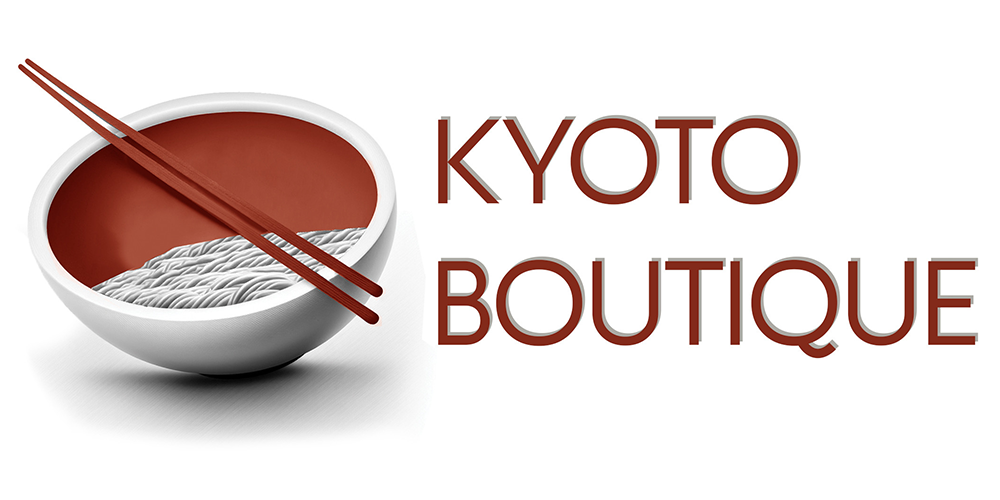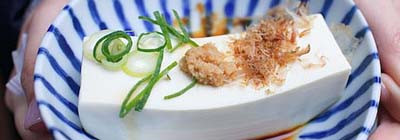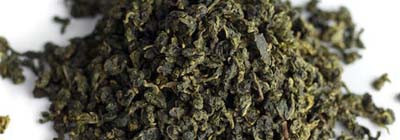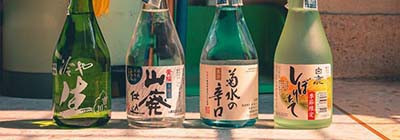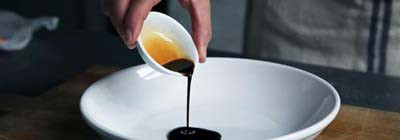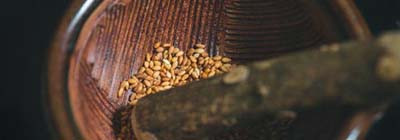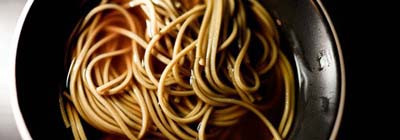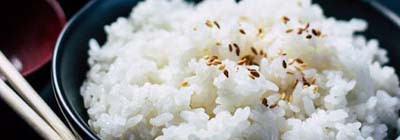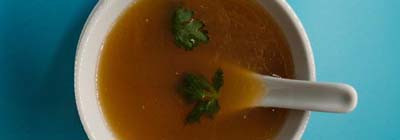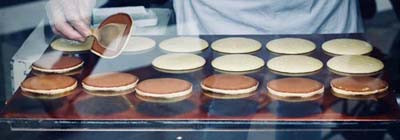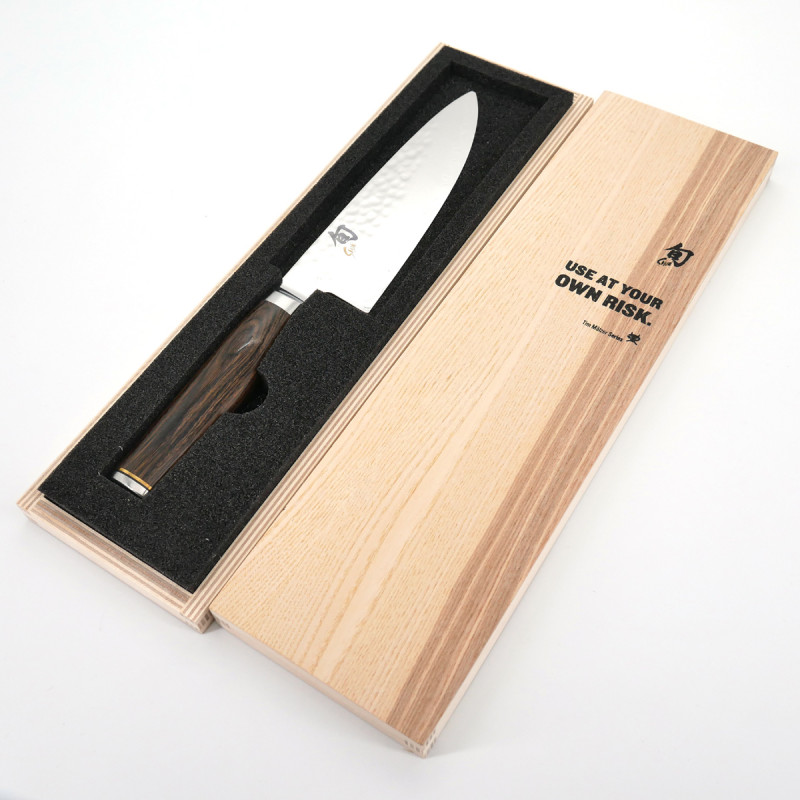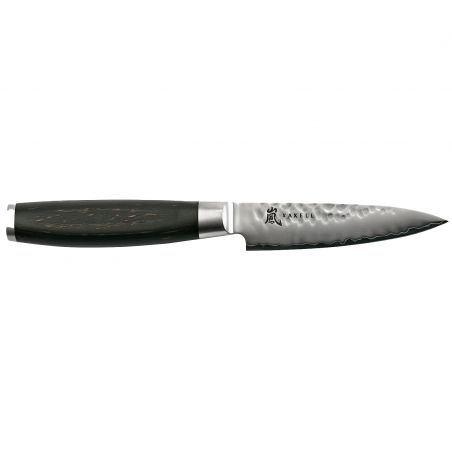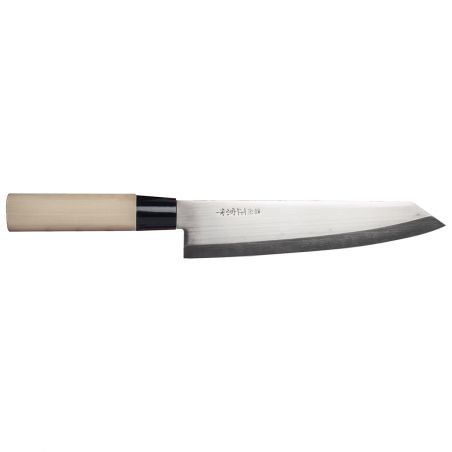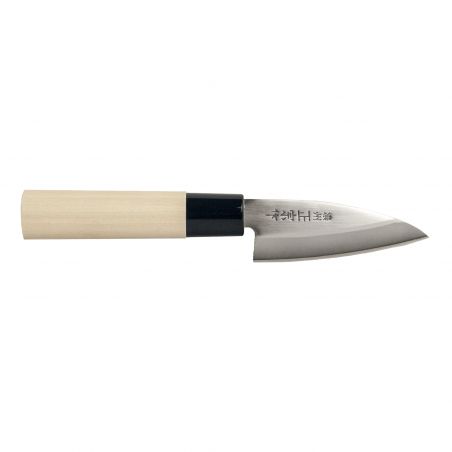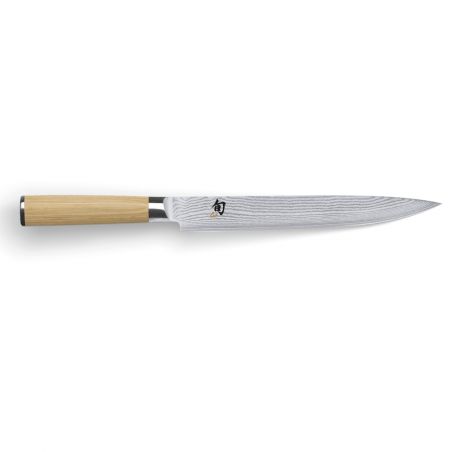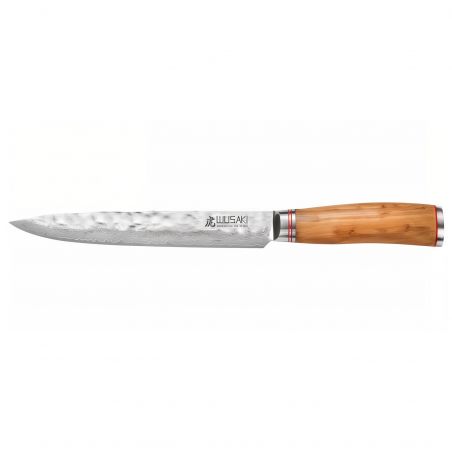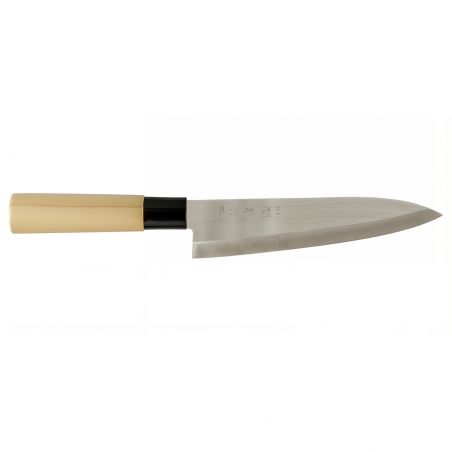Japanese kitchen knife with walnut handle for cutting meat and fish, CHEF SHUN PREMIER, 15 cm
| Blade length | 15 cm |
|---|---|
| Product origin | Made in Japan |
| Dishwasher safe | no |
| Production region | Seki - Gifu Prefecture |
| kind of steel | VG10/Damassé martelé |
| Composition of the handle | Pakka-Noyer |
| Compositions | steel |
Delivery times:
- 2 to 4 business days for France, Belgium, and Switzerland.
- 3 to 6 business days for other European countries.
- 5 to 9 business days for Overseas Territories (DOM-TOM), Canada, and other countries.
This item is shipped from our warehouse in France. More details about shipping by clicking here.

The design of our knives
The Japanese prefecture of Niigata has always been a hotbed of ancient metalworking in Japan, especially the Tsubame-Sanjo region, named after the two towns that make up the region.
The local history of metalworking originates in the Igarashi riverbed that runs through Sanjo: it was here that iron particles were discovered eight hundred years ago.
The particularity of Japanese knives is their specific alloy of carbon steel forged with boric acid, giving their blade the hardness that makes them famous throughout the world.
Creating each of these pieces in accordance with tradition requires time, but also many steps. Elles nécessitent de maîtriser des compétences manuelles sont transmises de génération en génération.
